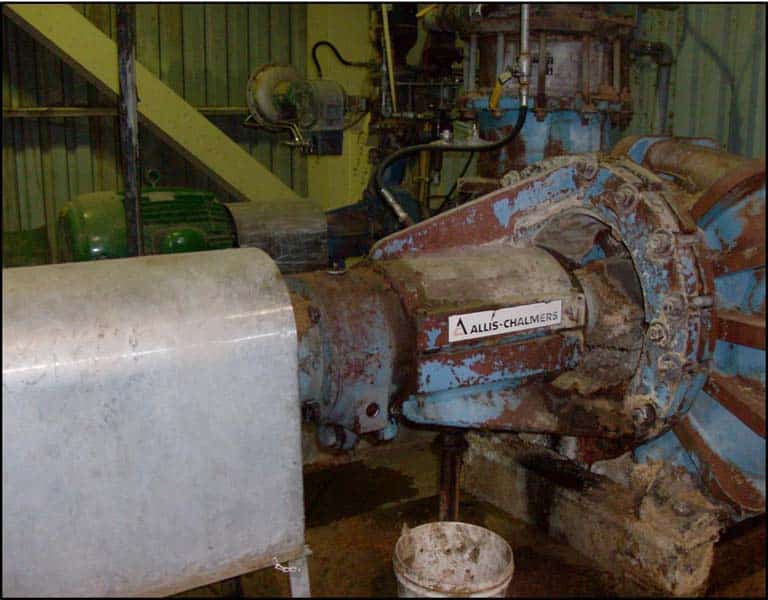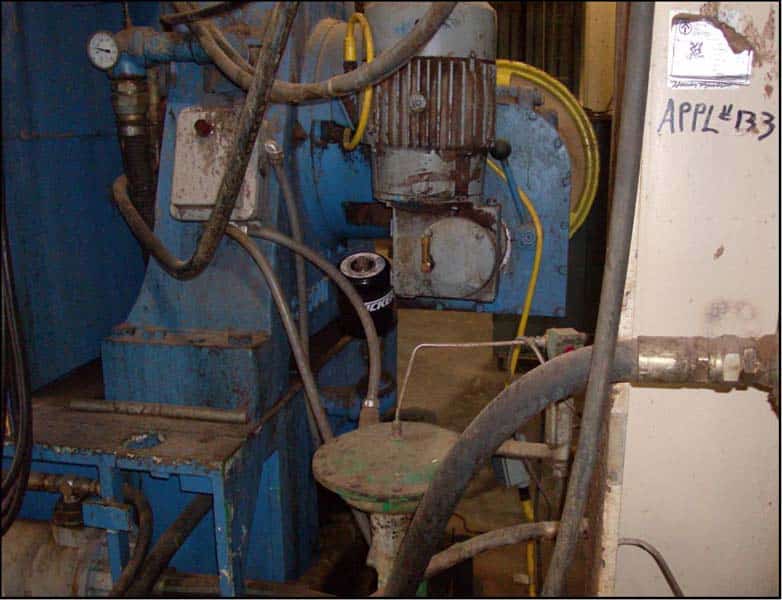Testimonials

Western Montana paper mill successfully implements Xclude® desiccant breathers, enhancing equipment reliability.
key takeaways

Challenge
The manufacturer’s attempt to implement a desiccant breather program with a local supply house faced challenges due to inadequate support, resulting in back pressure issues and premature consumption when using a competitor’s breather brand.
LE solution
The LE consultant, after assessing the plant, provided a detailed worksheet with recommendations to correct issues and re-establish the desiccant breather program, specifying the appropriate type, size, and mounting for Xclude desiccant breathers.
Results
The manufacturer successfully installed 53 Xclude breathers throughout the facility, effectively preventing contaminants from entering fluid reservoirs during differential pressures, resulting in cost-effective operations and eliminating previous difficulties.


Customer Profile
This paper mill in Western Montana is a premier integrated paperboard and paper-based packaging manufacturer. They are a leading producer of containerboard, including white top linerboard and recycled medium, kraft paper, corrugated containers, and point-of-purchase displays.
Application
Desiccant breather conversion
Challenge
The manufacturer tried to establish a desiccant breather program at their plant through the assistance of a local supply house. Without proper assistance, the manufacturer had difficulties with the program. Some applications back pressured and many were consumed prematurely while using a competitor’s brand of breather.
LE Solution
The reliability manager approached LE’s local consultant about trying to re-establish their desiccant breather program. After a tour of the plant, it was clear that the problems associated with the initial program could be corrected. The LE consultant prepared an extensive worksheet with breather recommendations for all applicable equipment.. The spreadsheet gave specifics on the correct type, size and mounting instructions for Xclude desiccant breathers.
Results
The manufacturer agreed to install the two types of breathers recommended – 53 in all – throughout the facility. The installation of Xclude breathers at these critical ingression points was cost-effective means to prevent contaminants from entering the fluid reservoirs as differential pressures occur. The manufacturer was pleased with the results, with no more difficulties as had been previously experienced.


